Introduction
One of the very first principles learned in the school of hardstyle kettlebell training is that “power comes from the hips.” In the kettlebell ballistics (swing, clean, and snatch), the hips are largely what drives the lifter’s ability to move a weight from back between the legs to the end point of the movement.
In the realm of Olympic weightlifting (which includes the barbell snatch and clean & jerk), the hips also play an important role in explosive power development. In the Olympic lifts, the barbell passes through the “power position,” where it makes contact with the hips in order to initiate the second pull—arguably the most important part of the snatch/clean because of the degree of power produced from this point.
For this reason, both modalities are exceptional for helping the athlete, or everyday person, build lower body power and explosiveness.
While there are certainly similarities between these two modalities, specifically when it comes to production and utilization of power, there are several differences between them that should also be considered.
In this article, we will cover:
- The positioning of the body (specifically the hips) in the second pull of the Olympic lifts vs. the hip extension during kettlebell ballistics.
- The path of the tool (kettlebell or barbell) during a snatch.
- The speed of the movements from the hip hinge/power position to the end position.
Body Position
While a strong leg drive into the floor initiates the barbell snatch and a strong backswing initiates the kettlebell snatch, the power position at the hips (barbell) and the moment of hip extension (kettlebell) are where the majority of the power is produced for these movements. In the greater context of the full lifts, they serve much the same purpose.
When comparing these two positions side-by-side, there are only slight differences between them. Some points to consider:
- The hips are fully extended in both variations.
- The knees are fully extended in both variations.
- The shoulders are positioned slightly behind the tool in the power position of the barbell snatch. The shoulders are stacked directly above the hips during the hip extension of the kettlebell snatch. This has ramifications for the trajectory of the tools throughout the movements, which is discussed in the next section.
- An obvious difference between the two movements is the ankle extension, which is paramount for Olympic lifts. Though ankle extension is part of the kettlebell jerk, it does not occur in the kettlebell snatch. The feet remain firmly rooted to the ground during the kettlebell snatch.
Path of the Tool
When comparing a barbell snatch and a hardstyle kettlebell snatch, there are several differences in terms of the tools’ position relative to the body.
- Starting position: The barbell begins positioned close to, or against, the shins, with the shoulders directly over, or slightly in front of, the bar. The kettlebells begin positioned in front of the body at arm’s length, allowing them to be hiked back between the legs during the backswing.
- Upward movement: Because of the different starting positions and the shapes of the tools, there are slight differences in how the tools move upward toward their ending positions. In a well-executed barbell snatch, the path of the barbell is nearly vertical (as you can see in the video). The bar starts over the midfoot, and travels in a mostly vertical path, remaining very close to the body throughout. The barbell continues traveling vertically as the lifter pulls him/herself under the bar, dropping into the “catch” position.
Because of the shape of the kettlebell, with the handle grip positioned above the spherical mass, the tool cannot remain as close to the body as the barbell. Additionally, because the kettlebell travels from back between the legs toward the overhead lockout, there is some horizontal movement that must occur to bring the tool in front of the body before the change in direction to a vertical path.
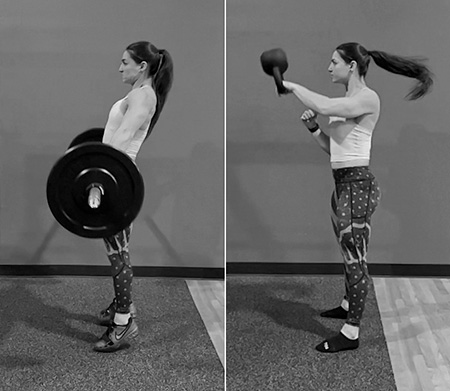
Note that a kettlebell “dead snatch” (the kettlebell is placed between the heels and pulled directly from the floor in one motion into an overhead lockout) would reduce this shift in the center of gravity, making it more similar to a barbell snatch in terms of the path of the tool.
- Finish: The ending position offers another distinct difference between the two snatch types. While both snatches end in a vertical overhead lockout, the position of the lower body varies greatly between the two. The barbell snatch ends in an overhead squat position (though the movement is officially complete when the lifter successfully stands up with the weight), while a kettlebell snatch ends in a standing position with knees and hips extended—the same end position as a military press or a push press. There is no overhead squat in a kettlebell snatch. Both ending positions require adequate shoulder and thoracic mobility, as well as midsection and scapular stability, to attain successfully. However, a barbell snatch requires additional hip and ankle mobility that a kettlebell snatch does not.
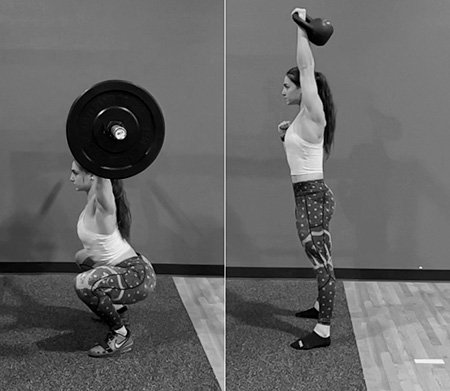
Speed and Power of the Movements
Both the barbell snatch and the kettlebell snatch require the lifter to produce adequate power from the lower body to propel, and then receive, the weight overhead. Power is a product of strength and speed.
The speed of the two types of snatches appears largely the same. The pull from the ground (barbell) and hike/backswing (kettlebell) is slower than the second half of the movement (power position/hip extension to the finish) in both cases. From start to finish, both lifts take just under two seconds.
If a person’s goal is to maximize speed AND strength, then the barbell snatch would be the lift of choice. This is because, biomechanically, a lifter can move significantly more weight with a barbell (one tool in both hands) than the combined weight of two kettlebells (two tools in two hands).
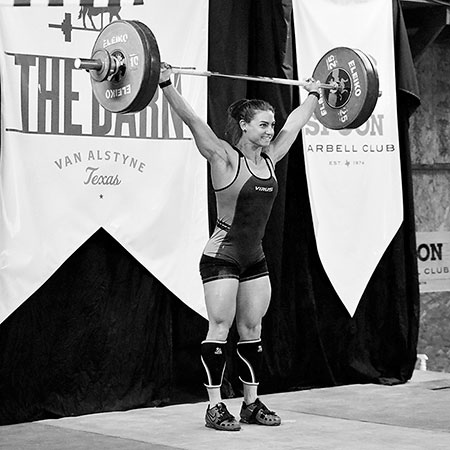
Using myself as an example: I weigh approximately 62kg (~137lb) and my maximum barbell snatch is 92kg (~203lb). My maximum double kettlebell snatch is with a 20kg kettlebell in each hand for a total of 40kg (88lb). My maximum one-arm kettlebell snatch is with a 32kg (~71lb) kettlebell. Even if I were to double my max one-arm snatch, it would equate to 64kg (~141lb), which is still 28kg (~62lb) lower than my max barbell snatch.
Conclusion
Both the kettlebell and the barbell snatch are fantastic choices for athletes looking to build lower body power. Both versions of the snatch require considerable strength, speed, technique, and timing—with the legs and hips being the primary drivers of the power.
When “freeze-framing” the two movements at the moment of hip extension (also called the “power position in the barbell snatch), little to no difference is observed between the position of the hips and knees. The main differences between the two movements can be found in the position of the ankles and shoulders, as well as the overall trajectory of the tools as they move from the starting position vertically into their ending position. There is also a significant difference between the body positions in the “catch” position of the movements—an overhead squat (barbell) vs. standing (kettlebell).
With all of this in mind, a kettlebell snatch is simpler to learn. Though both lifts require adequate mobility and stability throughout the body, the barbell snatch requires significantly more mobility due to the ending position.
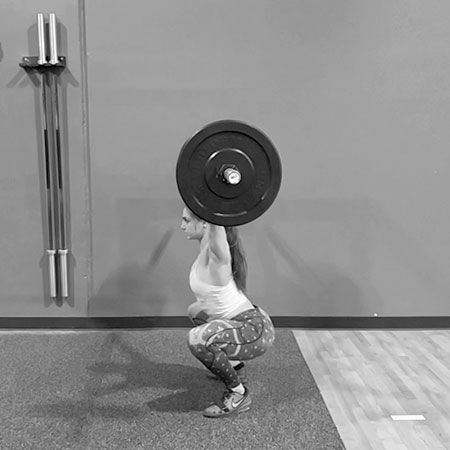
Unless a person specifically wants to learn the barbell snatch to become a competitive weightlifter, the kettlebell snatch is a great place to start in order to learn snatch mechanics, power production, and timing. Once proficiency is established there, assuming the lifter has the pre-requisite amount of mobility for a barbell snatch, it should be safe to begin learning, loading, and building speed-strength with the barbell snatch.
Learn the barbell snatch at the StrongFirst O-Lifting seminar and
the kettlebell snatch at the SFG Level I Certification
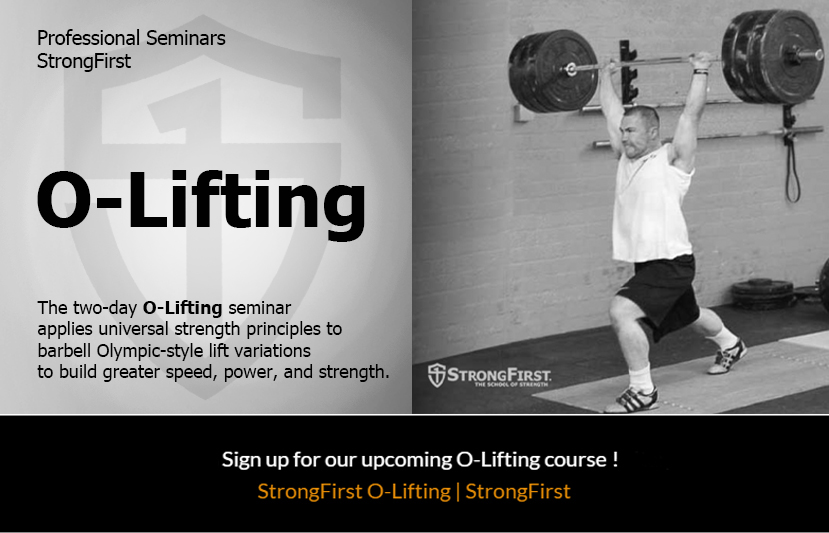

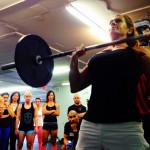
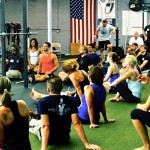
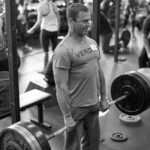


Excellent demonstrations and delineation between exercises, thanks. Is it safe to say that if you can perform pistols, you have the requisite ankle and hip mobility for barbell snatches?